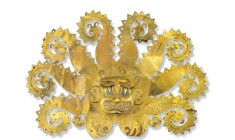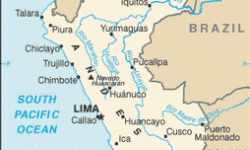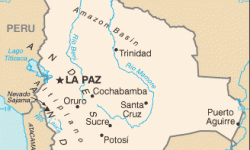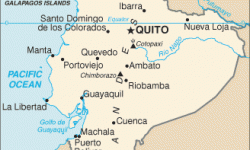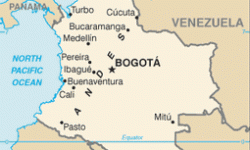Huaquero
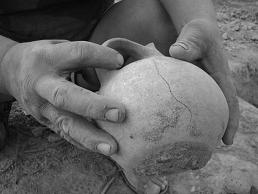
A huaquero is a person who clandestinely excavates at archaeological sites for the purpose of obtaining marketable antiquities; a looter. The term is derived from the Quechua word ‘huaca’ (also ‘wak’a’). Prior to the Spanish Conquest, a ‘huaca’ was anything that was sacred with an emphasis on sacred places. Today the term is most often ascribed to archaeological sites. In the form ‘huaco’, it normally, but not exclusively, means an ancient ceramic piece. Depending on the context, use of the term ‘huaca’ in modern times can imply that there is still a sacred quality to these sites and objects. A huaquero, then, is a person who illicitly excavates huacas (archaeological sites) for huacos (artefacts). The verb associated with huaqueros is ‘huaquear’: to illicitly dig at or loot an archaeological site.
The term ‘huaquero’ is most closely associated with Peru and, to a lesser extent, Ecuador and Bolivia due to its origins in Quechua, but it is not uncommon in other Spanish-speaking countries. The form ‘guaquero’ has been applied to grave robbers in Colombia since at least the mid 19th century (e.g. Bollaert 1860; Holton 1857). This early use of the term seems to correspond with the gold objects often encountered in pre-Conquest Colombian tombs. Thus these early guaqueros were not looting to feed a demand for antiquities, rather for gold objects that could be melted down and sold (Bollaert 1860: 39; Holton 1857: 53). It should be noted that in Colombia, the term ‘guaquero’ is also used to describe people who illegally ‘poach’ emerald mines along the Río Itoco. They tunnel into privately held mines at night, hence the terminological analogy to a looter tunnelling into a tomb.
Historically, the term ‘huaquero’ was used by some to denote not the diggers but the artefacts/huacos themselves (de Rivero 1951: 273; Sobreviela 1805)[1], but by the end of the 19th century the divisions between the terms ‘huaquero’ and ‘huaco’ were largely set. Although the term may have been more neutral in the 19th and very early 20th century, it is now used exclusively for illicit diggers and has negative connotations. In certain sectors of society, huaquero activity is seen as disturbing the huaca which is dangerous spiritually as well as physically. That said, huaquerismo was once at least a partially valid livelihood which has left its mark on local culture (e.g. the ‘traditional’ Peruvian song ‘El Huaquero’ by Miguel Paz).
References
Bollaert, William (1860), Antiquarian, Ethnological and other Researches in New Granada, Equador, Peru and Chile (London: Trubner &Co).
de Rivero, Mariano Eduardo (1951), Antiguidades Peruanas (Vienna: Imprenta Imperial de la Corte y del Estado).
Holton, Isaac F (1857), New Granada: Twenty Months in the Andes (New York: Harper & Brothers, Publishers).
Sobreviela, Manuel (1805), Voyages au Pérou (London: John Skinner).
[1] ‘Le huaquero est un petit vase de terre.’ (Sobreviela 1805).
